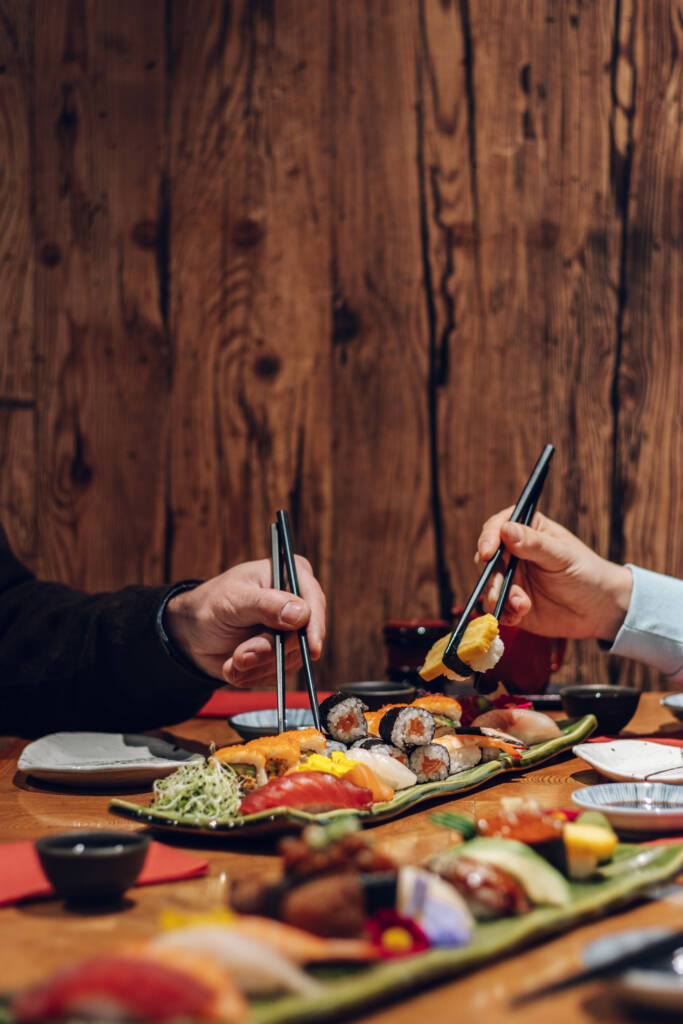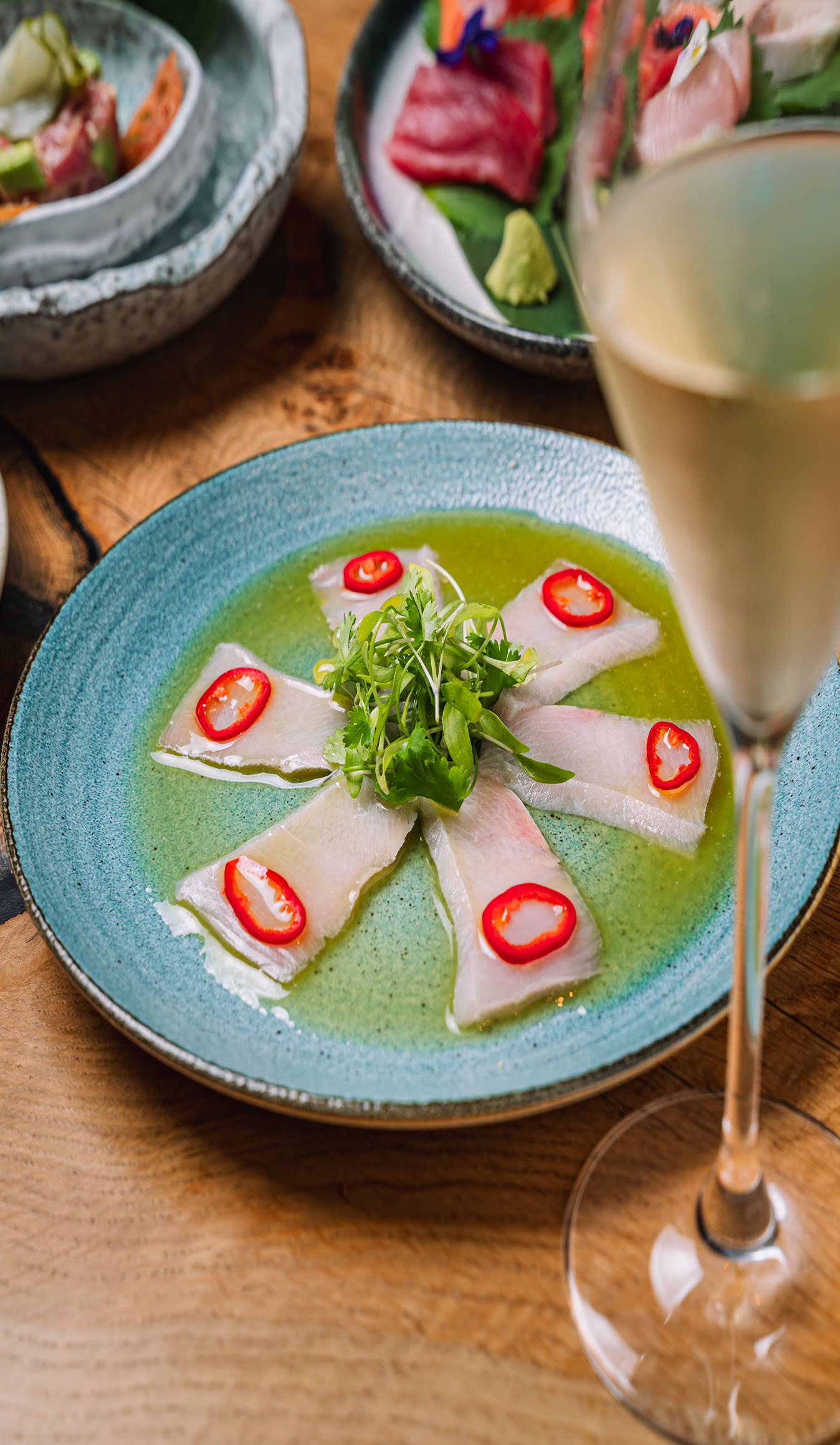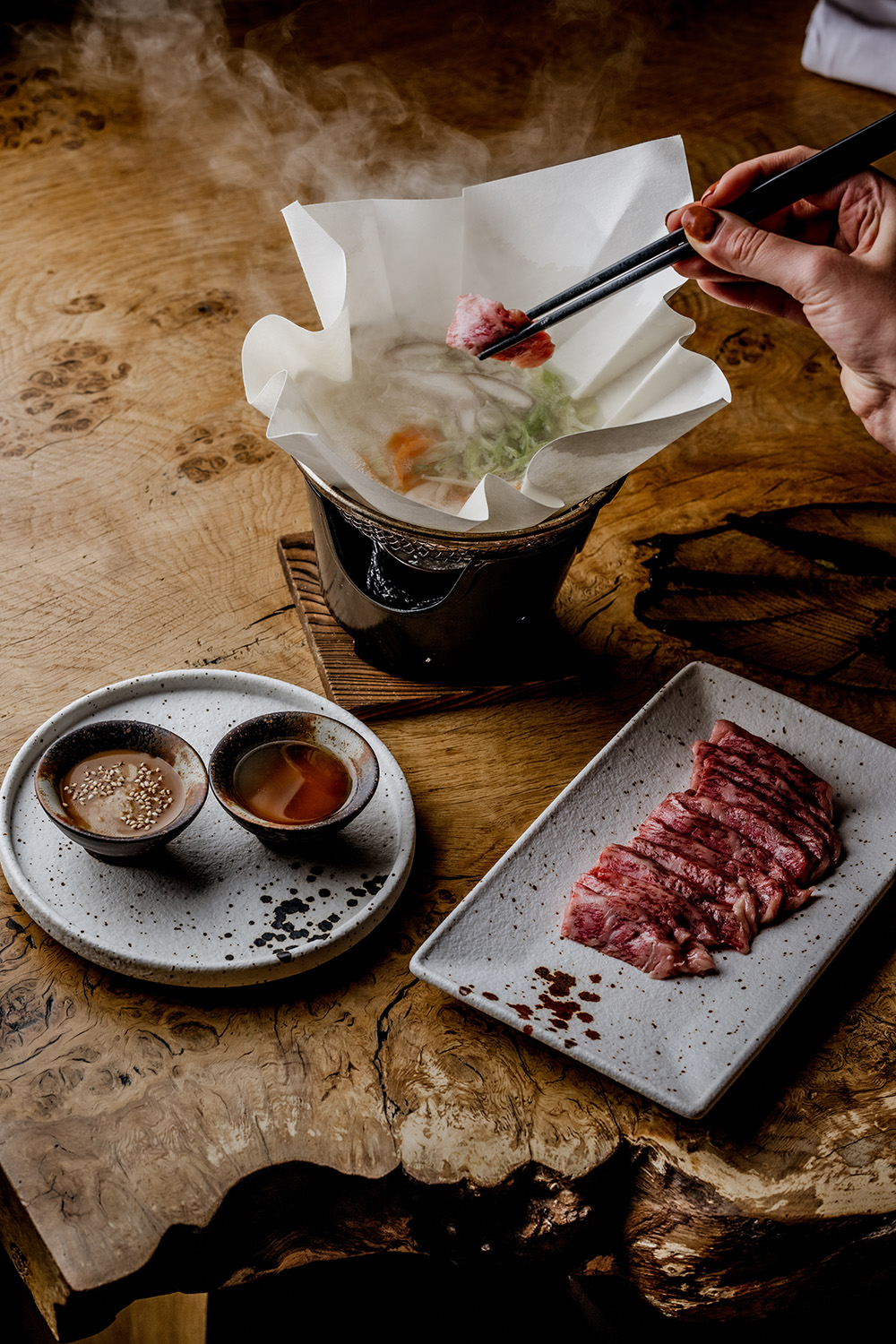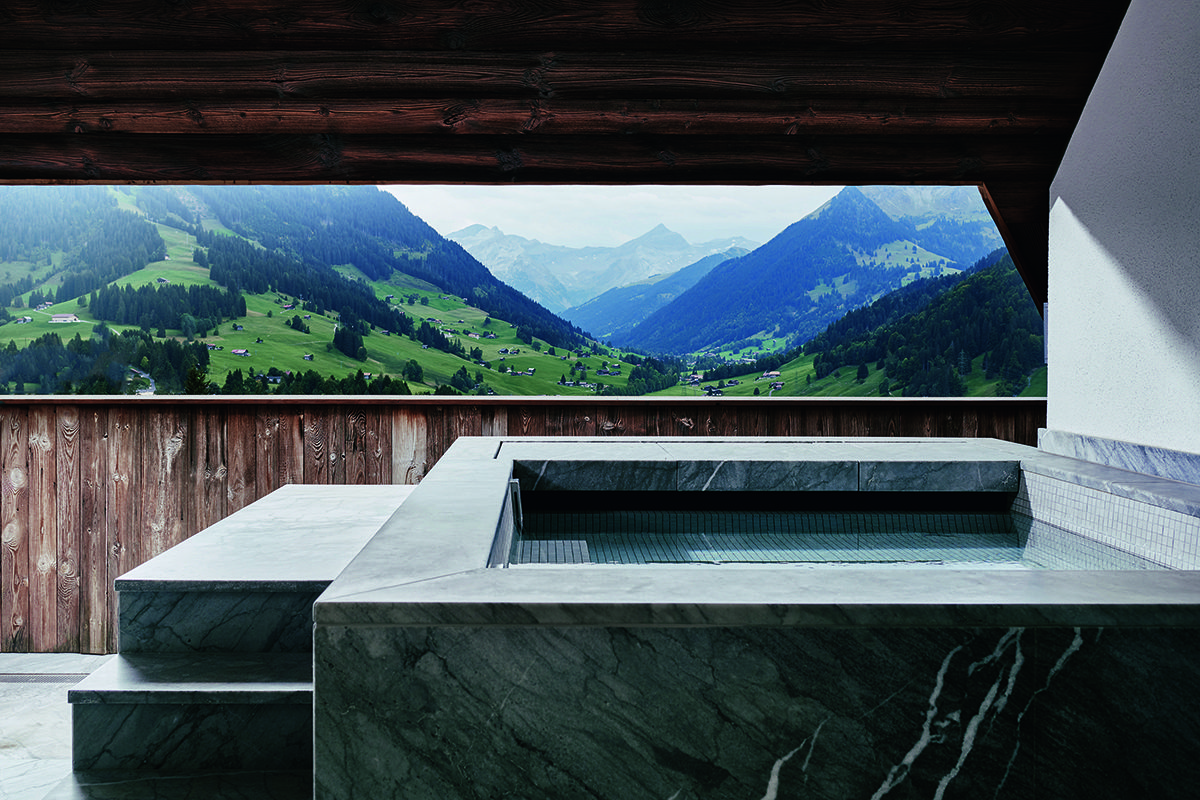
The Japanese restaurant Shogun in Zermatt offers sushi, and many other Japanese specialties such as ramen
Zermatt, the celebrated Swiss ski and mountain resort, has a little-known but powerful connection with Japan. Nowhere better to experience it than at Shogun, a properly authentic Japanese in the village centre
A perhaps little known fact about the high Alps is the Japanese connection. Zermatt, cradled by a ring of the most spectacular 4000m peaks in Europe, has a long-term connection with Japanese mountaineers who, like the English, were among the early-adopter climbers of peaks like the Matterhorn and (even more imposing, if less famous) Weisshorn. A significant number of Alpine books available in the village’s bookstores were authored or photographed by established Japanese climbers.
Follow LUX on Instagram: luxthemagazine
In that context, it is not surprising that Zermatt has a Japanese restaurant which is quite different in feel from the current trend for Asian-fusion.
Walking into Shogun, you feel like you are entering an eatery in Hokkaido, the mountain and ski island of Japan: through a little garden and up some steps, everything is Zen, simple, wooden, careful, thoughtful.

Shogun prepares the Japanese food freshly and sells it at moderate prices
Menus are bilingual, also in Japanese. We chose a set menu, which featured a stunning, tastebud-reviving hamachi carpaccio with jalapeños, red onion, ponzu sauce and sesame oil, Swiss grilled beef which was tender, simple, almost liquid, and a yuzu cheesecake.
Read more: Mandarin Oriental, Zurich review
From the à la carte we had spicy tuna tartare, topped with quail’s egg, tori kaarage (chicken with soy, ginger and garlic), and grilled scallops and white fish with grilled vegetables.

Next to eating in the restaurant, you can also get the dishes delivered or you can get it at their take away station
A combination of quality of ingredients and care and craft of execution made the food utterly standout, even for someone used to eating at the world’s great Japanese restaurants.
The purity may come as a surprise to a generation reared on the easy-listening Japanese of Asian fusion restaurants, but Zermatt is, at heart, all about purity. Memorable for all the right reasons.

The two japanese chefs import the rice that they are using for the dishes directly from Japan
See More:






















Recent Comments